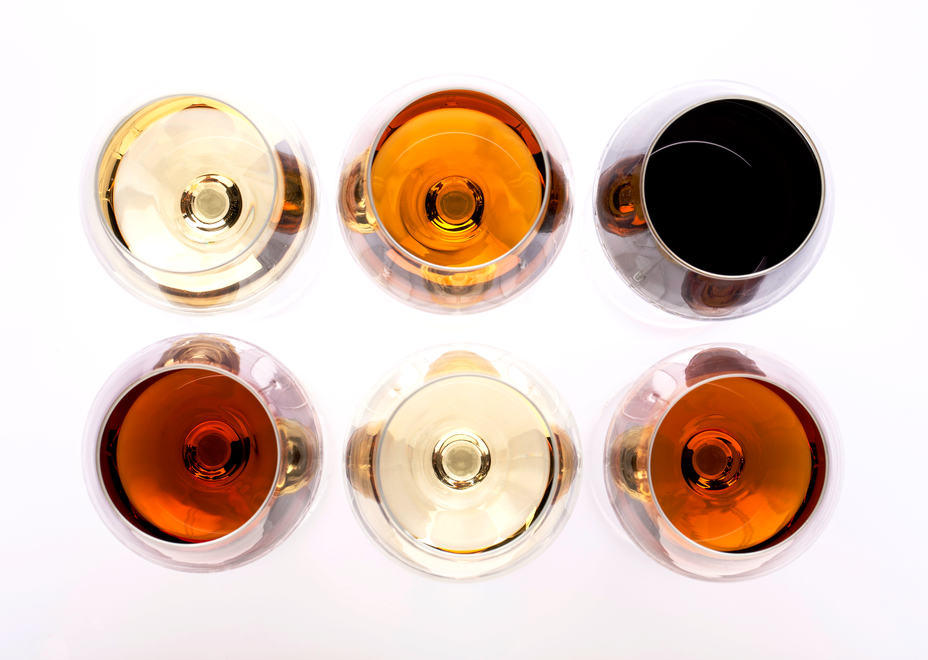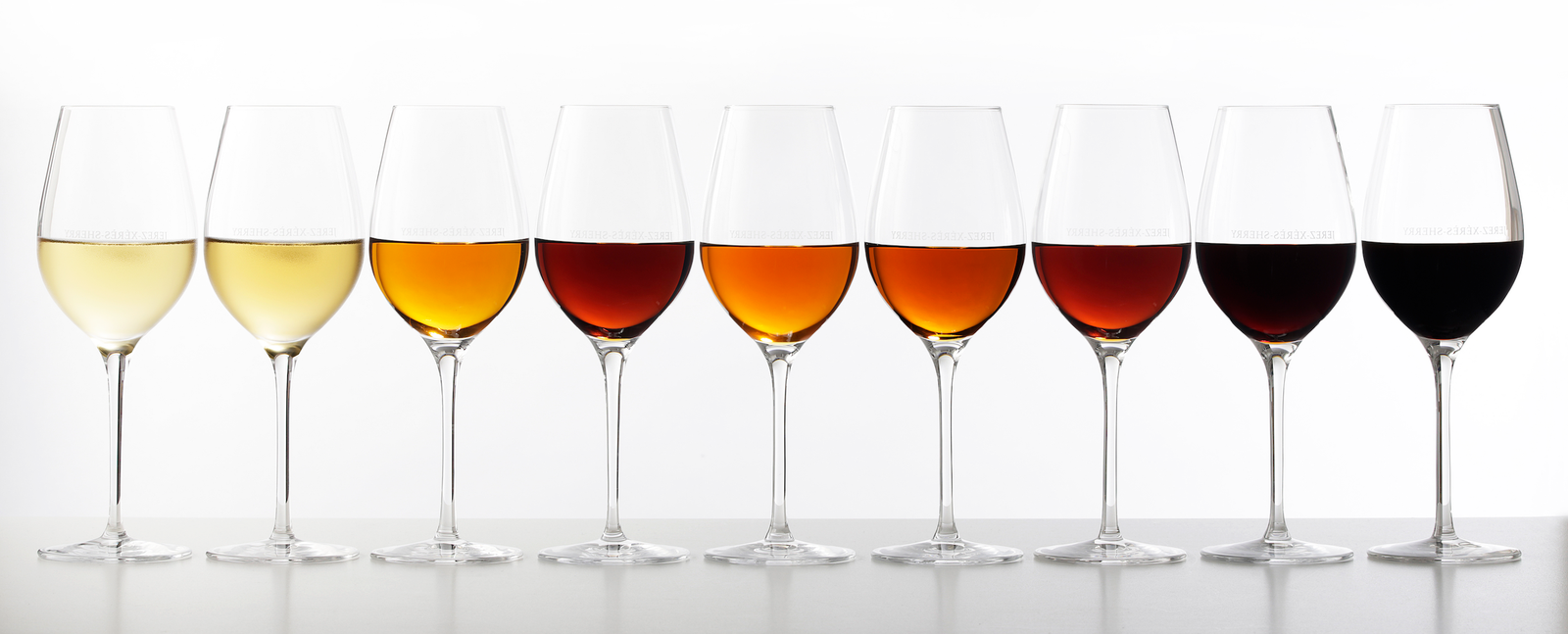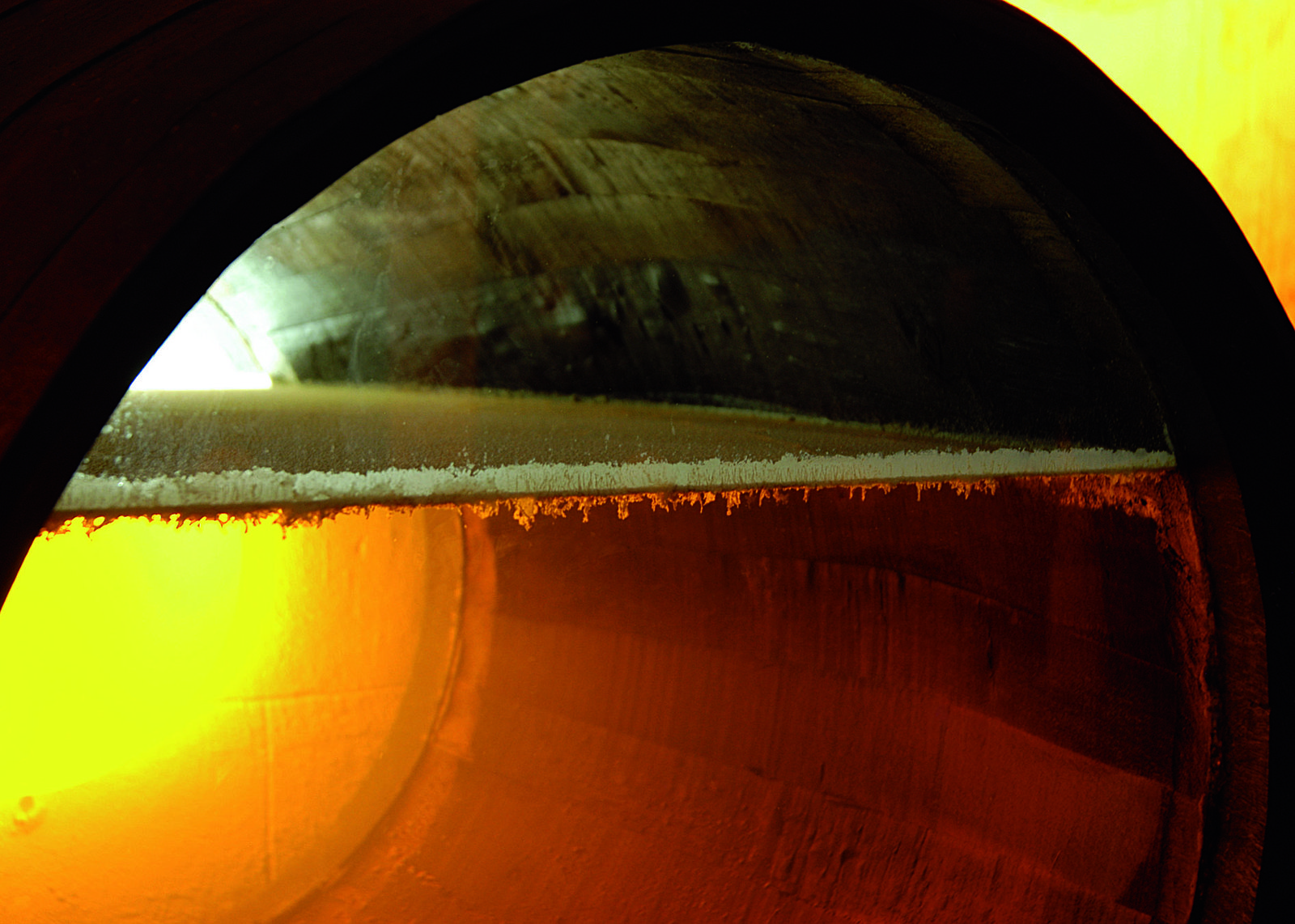

Diversity is undoubtedly one of the identifying characteristics of sherry: finos, olorosos, moscatels... different wines presenting us with what appears to be an endless spectrum of colours, as infinite as the extraordinary variety of their bouquets, tastes and textures which combine to make up the universe of sherry wines belonging to the Denominations of Origin.
Sherry wines demonstrate a wide range of types: from the palest to the darkest, from the driest to the sweetest.
And all of this from just three types of grape, all white, but also thanks to an absolutely genuine production process. As a consequence of a long-standing wine growing tradition, oenology in Jerez is one of the most highly developed in the world. Regardless of the enormous importance of the raw material - the grape -, of its origin and nature, the production process includes a series of decisions to be made by the vintner at different stages which will ultimately decide the final destiny of each wine, thus producing the different "families" of sherry wine and within each of these, different types defined according to colour, bouquet, taste and structure.
But, why are there different types of Sherry wines?

Another fundamental difference is the way in which the grapes are transformed into "must" or young wine, a process known as vinification.
The vast majority of grapes which are destined for the production of sherry wine undergo vinification procedures which involve the complete fermentation of the must obtained from pressing fresh grapes. In this way extremely dry wines are obtained, that is to say, with practically insignificant quantities of residual sugar (not transformed into alcohol). These grapes are normally of the Palomino variety which, once cut, are immediately transported from the vineyard to the wine-presses where a clean, pale, light must is obtained by applying light pressure to crush the grape. The complete fermentation of this must gives rise to "base wine", a totally dry white wine, which is the origin of all fortified Sherry wines and Manzanilla.
The vinification process undergone by the Pedro Ximénez and Moscatel grape varieties, however, has it own very different characteristics. In this case the goal of the oenologist is to create a wine containing the maximum amount of sugar possible and these grape varieties have been chosen precisely for that reason. They achieve a degree of ripeness far superior to that of the Palomino variety, to then undergo the process of "soleo", or sunning: to be spread out on mats under the sun for several days so that the grapes may dry out, the sun's rays causing the water contained within the grape to evaporate and bring about what is referred to as "pasification" (a term coming from the Spanish word "pasa" or raisin). The fermentation process of must obtained from pressing "raisined" grapes which have undergone this procedure gets underway very slowly, due to the extremely high concentration of sugars. This fermentation is then detained by the bodeguero by adding wine alcohol, in such a way that only a small part of the sugar is transformed into alcohol.

Wines obtained in this way are frequently used to fortify dry wines obtained by complete fermentation, producing wines with different degrees of final sweetness. This process is known as "cabeceo" or blending.
It is, therefore, the type of fermentation: complete or partial, which makes it possible to obtain totally dry wines ("generoso" wines), or extremely sweet ones (sweet natural wines). Blending these two different types of wine will in turn produce wines with different levels of sweetness ("genoroso" liqueur wines).
A fundamental differentiating factor is the ageing system by which Sherry wines evolve within their wooden casks. Those wines which are subjected exclusively to biological ageing, protected from direct contact with the air by a natural film of yeast forming upon their surface, will conserve their initial pale colour and light, ethereal structure, as well as acquiring a series of aromatic notes and particular flavours, fruit of the yeast from which the film is formed.
On the other hand, those wines subjected to an oxidative or physico-chemical ageing process in direct contact with the air take on progressively darker tones, incorporating more complex aromas and tastes which linger on the palate thanks to a structure which becomes gradually more and more intense. It is the decision of the bodeguero, to fortify the wine with wine-distillate to bring its alcoholic content up to either 15% volume or to over 17%, which will determine whether the film of yeast resting upon the surface will survive or not, and consequently determine the type of ageing the wine will undergo and the organoleptic characteristics it will acquire with the passage of time.